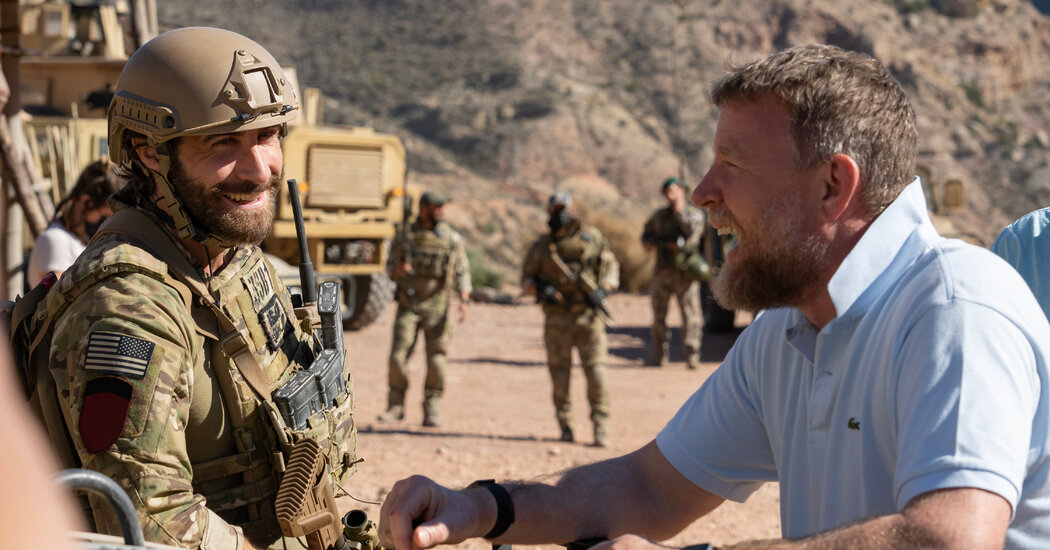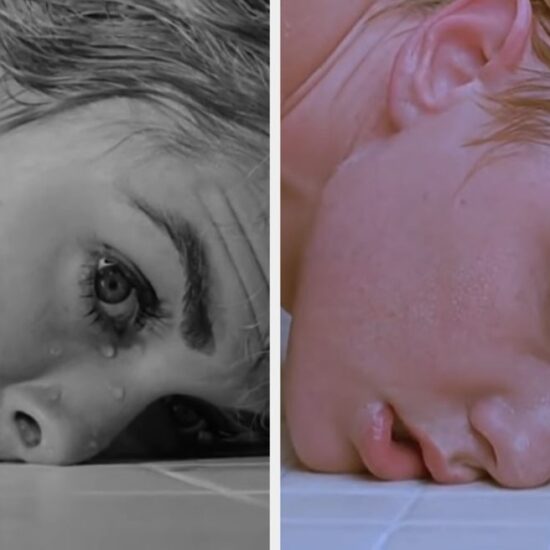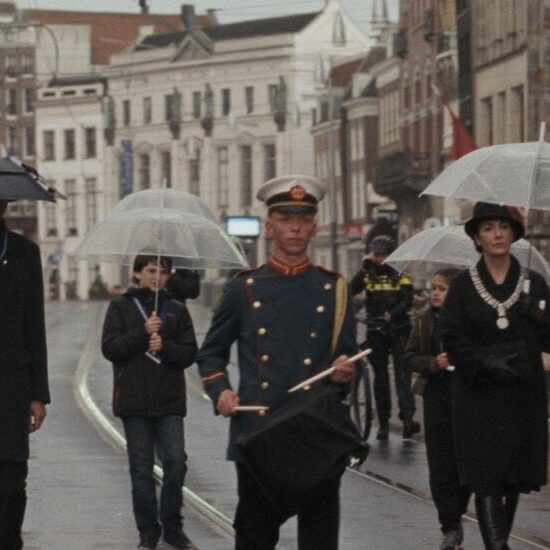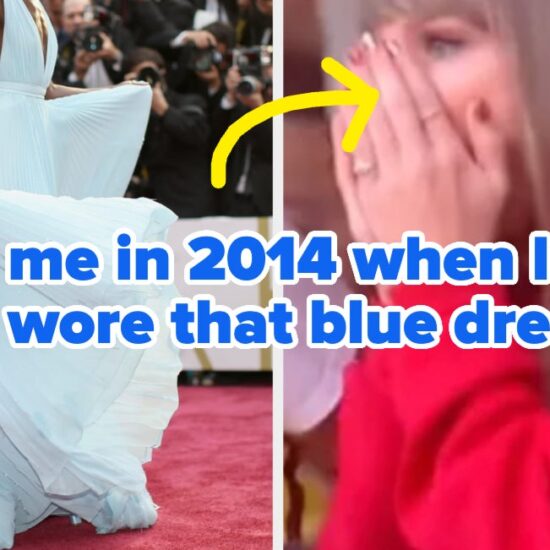
He turned Will Smith into a cerulean genie for the 2019 live-action “Aladdin” and twice reimagined Sherlock Holmes as a swashbuckling rogue, to hefty box-office returns. As a filmmaker, though, Guy Ritchie has long been synonymous with sprawling ensemble pictures like “Snatch,” “The Gentlemen” and “Lock, Stock and Two Smoking Barrels”: laddish, kinetic crime capers larded with movie stars, bloodied knuckles and inscrutable Cockney accents. (The latest of such outings, an antic international spy lark called “Operation Fortune: Ruse de Guerre” featuring Jason Statham, Hugh Grant and Aubrey Plaza, arrived to middling fanfare this past March.)
So why is “Guy Ritchie’s The Covenant,” a somber-looking Iraq War drama about an American sergeant (Jake Gyllenhaal) and his Afghan interpreter (Dar Salim), the first of the director’s 15 features to formally bear his name? The answer, according to its U.S. distributor, MGM, turns out to be fairly prosaic: Another company had already asserted rights to the title. (“Lee Daniels’ The Butler,” produced by the Weinstein Company, faced a similar challenge in court from Warner Brothers in 2013 and lost, precipitating a hasty last-minute change.)
But this kind of déjà vu is hardly new: Broad-strokes monikers like “Crash,” “Heat” and “Rush” have all done double duty over the last few decades; “Twilight” is the name of both a poorly received 1998 neo-noir starring Paul Newman and Susan Sarandon and the 2008 teen-vampire juggernaut that launched four fanged, lugubrious sequels, as well as a cult 1990 mystery by the Hungarian filmmaker György Fehér. (Ritchie might have called his latest “The Interpreter” instead, had that appellation not already been claimed by a 2005 Sydney Pollack political thriller starring Nicole Kidman; so back, alas, to the drawing board.)
If the back story of “The Covenant” wanders into the weeds of copyright law, “Guillermo del Toro’s Pinocchio,” which won the Academy Award for best animated feature last month, makes an easier case for its qualifier: Without it, the movie could hardly be set apart from both the 1940 Disney classic still widely seen as definitive and an uncanny remake led by Tom Hanks — it currently sits at a grim 29 percent approval rating on the critical-aggregation site Rotten Tomatoes — released less than two months before.
In a larger sense, though, the inclusion of del Toro’s name also serves as shorthand and a promise, portending not only the age-old tale of a wooden boy made real but the particular vision of its maker — a lush, prolific fantasist famed for the distinctive visual style and dazzling gothic grotesqueries of films like “Pan’s Labyrinth” (2006) and the best picture-winning “The Shape of Water” (2017). That del Toro actually split directing duties for “his” “Pinocchio” with Mark Gustafson seems almost a footnote. Though Gustafson, an industry journeyman with a wide range of writing and animation credits (“Fantastic Mr. Fox,” the original California Raisins), shared both the stage and the statuette with del Toro at this year’s Oscars ceremony, it’s the latter’s renown, by most Hollywood metrics, that matters.
With “Pinocchio” and the 2022 Netflix horror-anthology series “Guillermo del Toro’s Cabinet of Curiosities,” the director joins a long line of auteurs, from Alfred Hitchcock to Tim Burton, whose presence not merely above the title but in it serves as a stylistic marker, even when it’s not strictly their hand guiding the material. (The horror godhead Wes Craven habitually did the same; see “Wes Craven’s New Nightmare.”) Few, though, can claim to be the one-man industry that is Tyler Perry, who retains full ownership of the projects produced under his personal shingle at his stand-alone studio in Atlanta. The multihyphenate creator has famously put his signature on several movie and television titles released under its umbrella — including “Tyler Perry’s A Madea Homecoming,” the most recent iteration of the reliably raucous comedies that he also writes and stars in as a salty, well-cushioned matriarch of a certain age.
While Madea is Perry’s wholesale creation, indubitably linked to the man who wears her wig onscreen, certain intellectual properties with roots that reach back centuries have tilted their brims instead toward a more literal (and literary) acknowledgment of the source. Think of the high-gloss 1990s productions “Bram Stoker’s Dracula” (directed by Francis Ford Coppola) and “Mary Shelley’s Frankenstein” (directed by Kenneth Branagh): It takes both the budget and the personal leverage of a prestige director, one presumes, to lay claim to the definitive versions of characters who have long been turned over to the public domain. Neither movie did much service to these iconic novels, but show business, as always, carries on: Coppola’s four-decades-in-the-making passion project “Megalopolis,” which wrapped shooting several weeks ago, was funded in part, he has publicly said, by his long-ago work on “Bram Stoker’s Dracula.” And Branagh, having recently mined his own Irish childhood for the dewy black-and-white drama “Belfast” (which won him an Oscar for original screenplay), will next direct and star as Hercule Poirot in his third Agatha Christie adaptation in six years, “A Haunting in Venice,” due this September. Neither he nor Christie is officially billed in the title.













